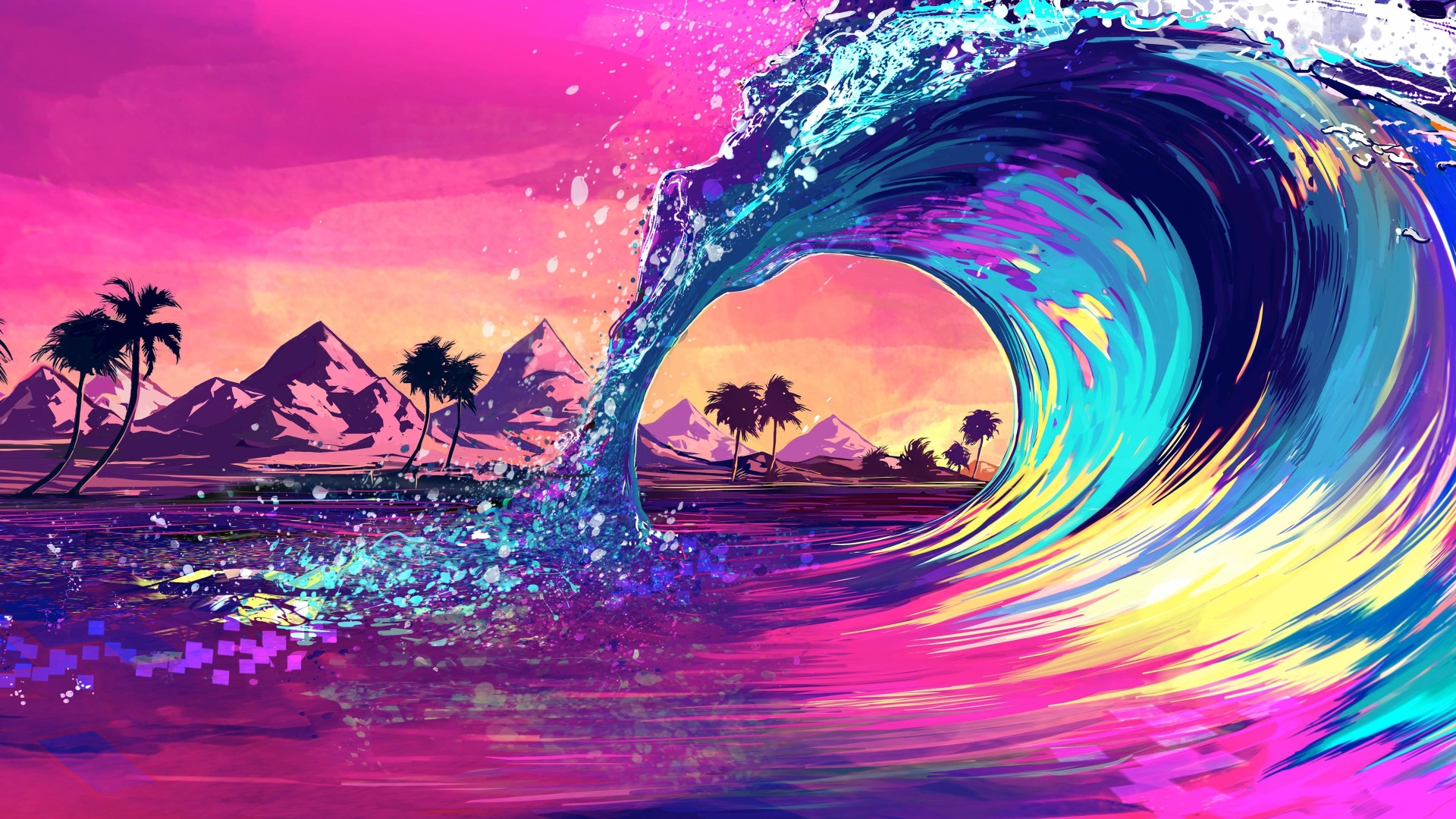
The enormous commercial success of the dye and the new color it produced, mauve, inspired other chemists in Europe to develop new colors made from aniline dyes. The color magenta was the result of the industrial chemistry revolution of the mid-nineteenth century, which began with the invention by William Perkin of mauveine in 1856, which was the first synthetic aniline dye. The additive secondary color magenta is made by combining violet and red light at equal intensity it is not present in the spectrum itself.Īn 1864 map showing the Duchy of Bouillon in magenta

Violet and red, the two components of magenta, are at opposite ends of the visible spectrum and have very different wavelengths. If the spectrum is wrapped to form a color wheel, magenta (additive secondary) appears midway between red and violet. In the Munsell color system, magenta is called red-purple. The brain interprets that combination as some hue of magenta or purple, depending on the relative strengths of the cone responses. In terms of physiology, the color is stimulated in the brain when the eye reports input from short wave blue cone cells along with a sub-sensitivity of the long wave cones which respond secondarily to that same deep blue color, but with little or no input from the middle wave cones. The magenta used in color printing, sometimes called process magenta, is a darker shade than the color used on computer screens. If combined, green and magenta ink will look dark gray or black. In this model, magenta is the complementary color of green, and these two colors have the highest contrast and the greatest harmony. If magenta, cyan, and yellow are printed on top of each other on a page, they make black. In the CMYK color model, used in color printing, it is one of the three primary colors, along with cyan and yellow, used to print all the rest of the colors. Note that a purple response is elicited in the brain by stimulating H and L (through its secondary sensitivity) cones but little to no M stimulus. The web color magenta is also called fuchsia.Ĭone and rod response curves. A virtually identical color, called roseine, was created in 1860 by two British chemists, Chambers Nicolson and George Maule. It was renamed to celebrate the Italian-French victory at the Battle of Magenta fought between the French and Austrians on June 4, 1859, near the Italian town of Magenta in Lombardy. Magenta took its name from an aniline dye made and patented in 1859 by the French chemist François-Emmanuel Verguin, who originally called it fuchsine. The tone of magenta used in printing is called "printer's magenta". It is one of the four colors of ink used in color printing by an inkjet printer, along with yellow, black, and cyan, to make all other colors. On color wheels of the RGB (additive) and CMY (subtractive) color models, it is located exactly midway between red and blue. Magenta ( / m ə ˈ dʒ ɛ n t ə/) is a color that is variously defined as purplish- red, reddish-purple or mauvish- crimson. For other uses, see Magenta (disambiguation).


 0 kommentar(er)
0 kommentar(er)
